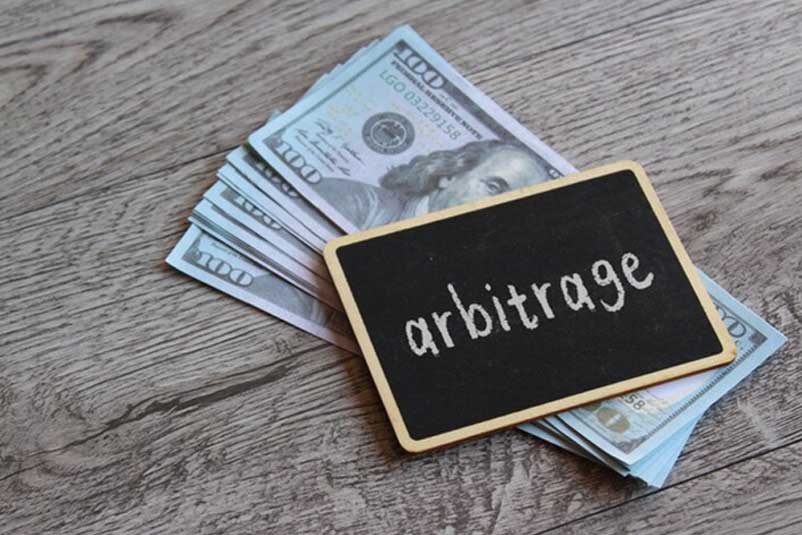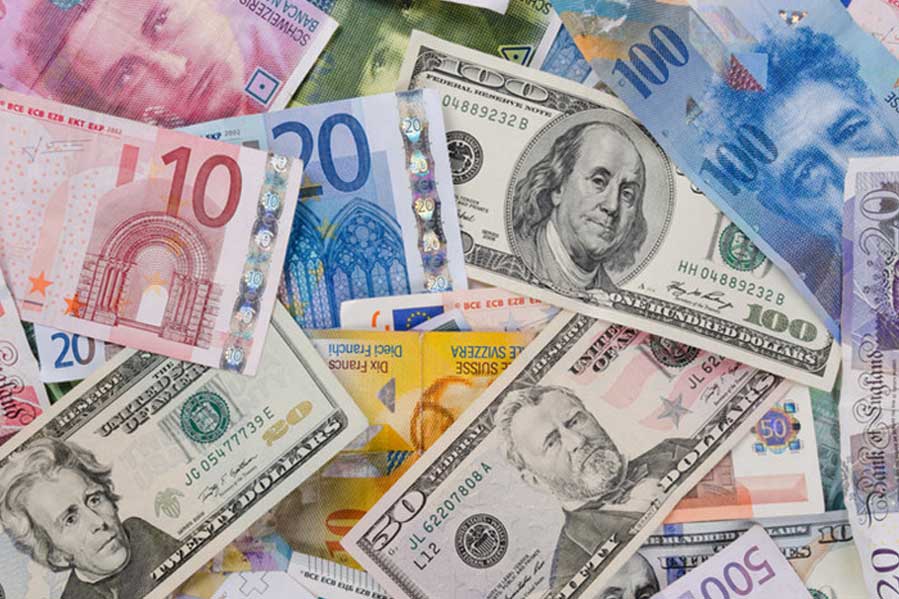 Arbitrage in foreign currencies on the futures market involves taking advantage of price discrepancies between currency futures contracts and the spot forex market to generate risk-free profits. In this discussion, we’ll delve into what arbitrage is, the trading techniques involved, and provide specific examples of arbitrage in currency futures trading.
Arbitrage in foreign currencies on the futures market involves taking advantage of price discrepancies between currency futures contracts and the spot forex market to generate risk-free profits. In this discussion, we’ll delve into what arbitrage is, the trading techniques involved, and provide specific examples of arbitrage in currency futures trading.

What is Arbitrage?
Arbitrage is the practice of exploiting price differentials for the same asset or security across different markets to generate profits with little to no risk. In the context of currency futures, arbitrageurs seek to profit from discrepancies between the futures price and the spot exchange rate of a currency pair.
The basic principle of currency futures arbitrage is that futures prices should reflect the expected future spot rate adjusted for factors like interest rates and dividends. When futures prices deviate from this relationship, arbitrage opportunities arise.
Trading Techniques of Arbitrage in Currency Futures
Cash and Carry Arbitrage
Cash and carry arbitrage involves buying an asset in the spot market, simultaneously selling a futures contract for the same asset, and earning the carry (interest rate differential) between the two markets.
Example:
- Buy 100,000 USD in the spot forex market at 1 USD = 1.30 CAD (cost: 130,000 CAD).
- Sell 100,000 USD worth of CAD futures contracts at 1 USD = 1.28 CAD (revenue: 128,000 CAD).
- Hold the position until expiration, earning interest on the USD while paying interest on the CAD. Close the futures position before expiry.
Covered Interest Rate Parity (CIRP) Arbitrage
CIRP arbitrage involves exploiting interest rate differentials between two currencies by borrowing in one currency, converting to another, and investing in a futures contract to lock in future exchange rates.
Example:
- Borrow 1,000,000 USD at 2% interest.
- Convert USD to EUR at the spot rate of 1 USD = 0.85 EUR, receiving 850,000 EUR.
- Invest 850,000 EUR in EUR futures contracts at a forward rate of 1 USD = 0.86 EUR (cost: 731,000 USD).
- At maturity, receive 731,000 USD from the EUR futures contract and repay the USD loan plus interest, profiting from the interest rate differential.
Triangular Arbitrage
Triangular arbitrage involves exploiting price discrepancies between three currency pairs to generate profits. This type of arbitrage is complex and requires rapid execution due to the fast-moving nature of forex markets.
Example:
- Spot rates: EUR/USD = 1.20, GBP/USD = 1.40, EUR/GBP = 0.85.
- Calculate implied EUR/GBP rate: (EUR/USD) / (GBP/USD) = 1.20 / 1.40 = 0.8571.
- If EUR/GBP spot rate is higher than implied rate (0.85 < 0.8571), sell EUR for GBP, then sell GBP for USD, generating a profit.
Specific Examples of Arbitrage in Currency Futures Trading
Futures-Forward Arbitrage
Scenario: The EUR/USD spot rate is 1.25, while the 3-month EUR/USD futures contract trades at 1.24.
Arbitrage Strategy:
- Buy EUR in the spot market at 1.25 USD/EUR.
- Simultaneously sell EUR/USD futures contracts at 1.24 USD/EUR.
- Lock in a risk-free profit of 0.01 USD/EUR (1.25 – 1.24) at contract expiration by closing the futures position.
Covered Interest Rate Parity (CIRP) Arbitrage
Scenario: The USD interest rate is 2%, and the EUR interest rate is 1.5%. The 3-month EUR/USD futures contract is priced at 1.22.
Arbitrage Strategy:
- Borrow 1,000,000 USD at 2% interest for 3 months, paying 10,000 USD in interest.
- Convert USD to EUR at the spot rate of 1.20, receiving 833,333 EUR.
- Invest 833,333 EUR in EUR/USD futures contracts at 1.22 USD/EUR (cost: 681,019 USD).
- At contract expiration, receive 1,018,518 USD from the futures contract (833,333 EUR x 1.22), paying back the USD loan and interest, and pocketing the profit.
Arbitrage in currency futures trading involves exploiting price differences between futures contracts and the spot forex market to earn risk-free profits. Trading techniques such as cash and carry arbitrage, covered interest rate parity (CIRP) arbitrage, and triangular arbitrage can be employed to capitalize on market inefficiencies. By identifying and acting upon arbitrage opportunities swiftly and efficiently, traders can enhance their returns and contribute to market efficiency. However, it’s crucial to note that arbitrage opportunities may be short-lived and require sophisticated strategies and rapid execution to capture.
Ready to start trading futures? Call US 1(800)454-9572 – Int’l (310)859-9572 email info@cannontrading.com and speak to one of our experienced, Series-3 licensed futures brokers and start your futures trading journey with E-Futures.com today.
Disclaimer – Trading Futures, Options on Futures, and retail off-exchange foreign currency transactions involves substantial risk of loss and is not suitable for all investors. Past performance is not indicative of future results. You should carefully consider whether trading is suitable for you in light of your circumstances, knowledge, and financial resources. You may lose all or more of your initial investment. Opinions, market data, and recommendations are subject to change at any time.
Important: Trading commodity futures and options involves a substantial risk of loss. The recommendations contained in this writing are of opinion only and do not guarantee any profits. This writing is for educational purposes. Past performances are not necessarily indicative of future results.
**This article has been generated with the help of AI Technology. It has been modified from the original draft for accuracy and compliance.



